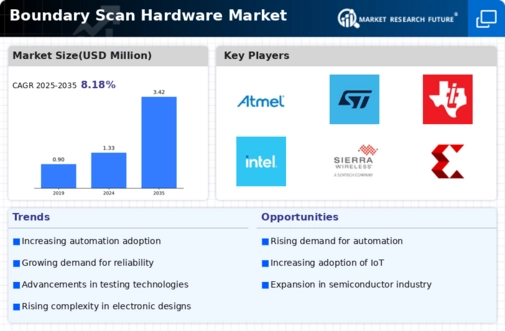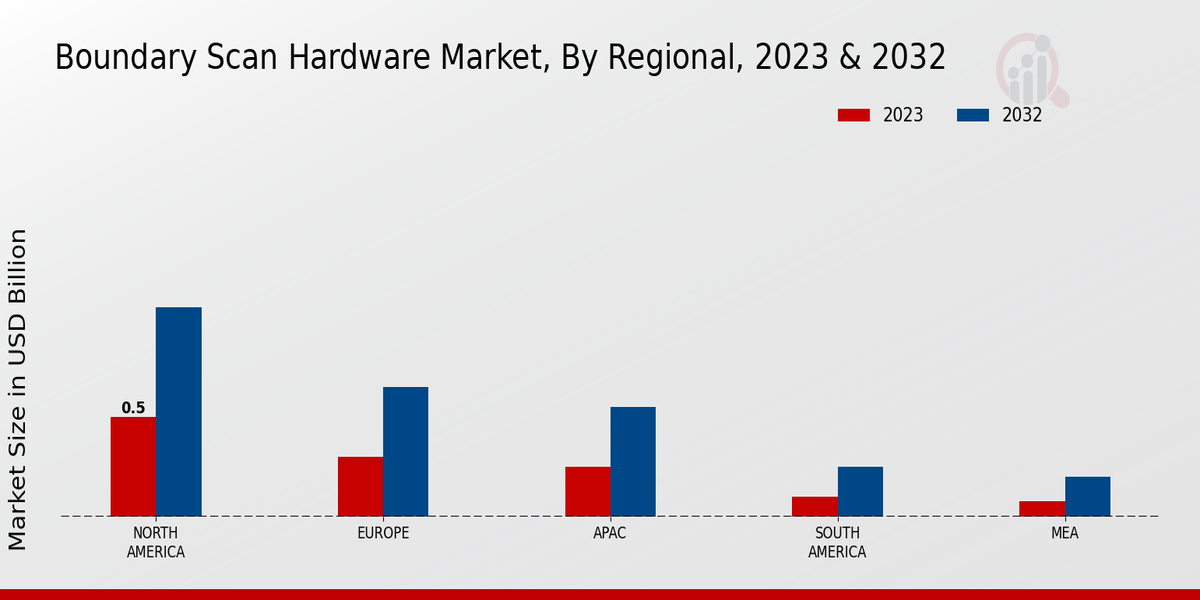The Boundary Scan Hardware Market is characterized by a dynamic landscape driven by the continuous evolution of electronic testing and debugging methodologies. This market serves as a crucial segment within the broader electronics testing industry, primarily catering to semiconductor manufacturers and engineers who require high-quality testing solutions during the production and design phases.
The competitive insights reveal various strategies focused on technological advancement, innovative hardware solutions, and effective customer engagement. Companies are leveraging cutting-edge technologies to enhance their offerings, ensuring improved accuracy and efficiency in boundary scan testing processes. The market is underscored by the importance of reducing time-to-market while maximizing reliability and minimizing costs, which presents significant opportunities for established firms and emerging players alike.
Atmel has established a robust presence in the Boundary Scan Hardware Market, primarily recognized for its commitment to innovation and quality in electronic design automation. The company excels in delivering boundary scan solutions characterized by user-friendly interfaces and reliable performance. Atmel's strengths lie in its comprehensive portfolio of products that cater to a diverse range of applications supported by advanced integrated circuit (IC) technologies.
Additionally, Atmel focuses on providing comprehensive technical support and robust customer service, which fosters client loyalty and promotes enhanced adoption of its boundary scan hardware solutions. Its strategic partnerships and collaborations further amplify its distribution capabilities, allowing Atmel to maintain a competitive edge and solidify its reputation within the industry.STMicroelectronics has emerged as a key player in the Boundary Scan Hardware Market, recognized for its innovative contributions and extensive market reach.
The company's offerings encompass a wide range of boundary scan tools and solutions designed to support various applications within the electronic manufacturing sector. STMicroelectronics boasts strong RD capabilities, enabling it to remain at the forefront of technology advancements and to deliver state-of-the-art hardware solutions tailored to meet industry requirements. The company leverages its extensive global footprint to ensure consistent availability of its products, thereby enhancing supply chain efficiency.
Its strengths are further complemented by a commitment to sustainability and environmental considerations in product design, aligning with the market's growing emphasis on eco-friendly practices. STMicroelectronics' active participation in industry standards and initiatives solidifies its position as the company continues to innovate within the boundary scan segment of the electronics testing landscape.
















